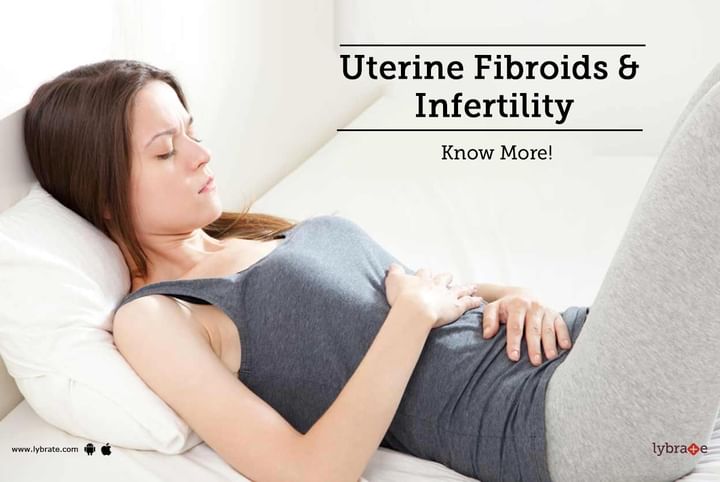Uterine Fibroids & Infertility - Know More!
Many women develop uterine fibroids by the time they hit the age of 50 years and above. These are non-cancerous growths that may occur in the uterus. Most women go through severe bleeding and pain as well as discomfort as a result of these fibroids. Age, family history of the same condition, obesity or being overweight, eating habits and even ethnicity play a large role in deciding the risk of each individual patient. These fibroids can grow in the submucosal, intramural and subserosal areas.
Uterine Fibroid is another condition that wrecks havoc on a woman’s reproductive system. Fibroids are non-cancerous tumours growing within a woman’s uterus. It develops out of the muscular layers of the womb. The size of the fibroid tumours can be that of a small bean or even that of a melon.
Causes of Fibroid -
- Higher estrogen or progesterone levels during the reproductive years
- Family history of fibroid
- Obesity increases risk of fibroids
- Consuming alcohol, caffeine and excess of red meat
Types of Fibroids:
There are four kinds of fibroids.
- Intramural: Most commonly occurring. The tumour is found embedded within the womb.
- Subserosal Fibroids: Extends beyond the walls of the womb. Over time it can grow into pedunculated fibroids.
- Submucosal Fibroids: This type pushes itself into the hollows of the womb.
- Cervical Fibroids: Cervical fibroids grow in the cervix, which is the nape of the womb.
Symptoms include:
- Lower Back pain
- Menorrhagia or heavy periods
- Anemia
- Dyspareunia or pain during sexual intercourse
- Problems with Fertility
- Recurrent miscarriages
Fibroids do not show symptoms clearly and often treatment is not required for fibroids unless it is evidently affecting the quality of life of the individual. Seek treatment so that future complications can be avoided.
Treatment:
A surgical procedure can be opted to remove the fibroids. In case you have a concern or query you can always consult an expert & get answers to your questions!



+1.svg)
